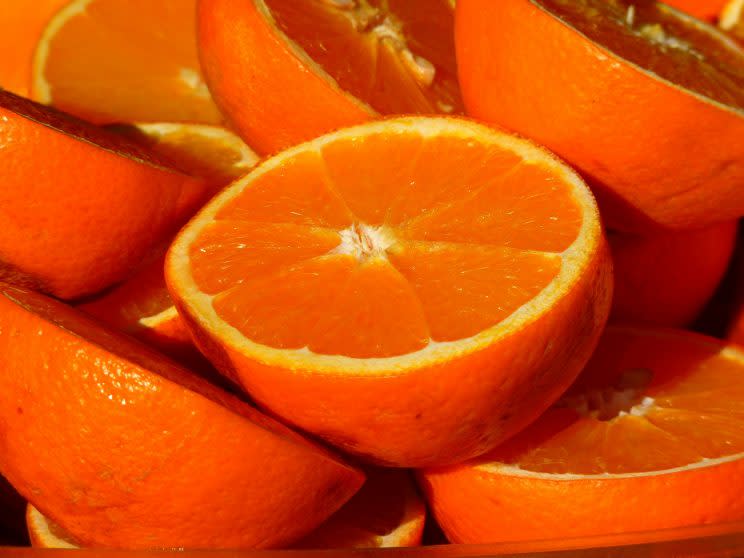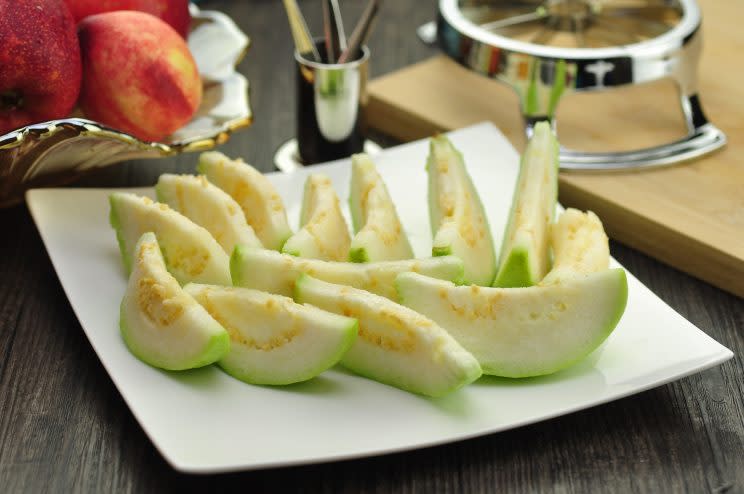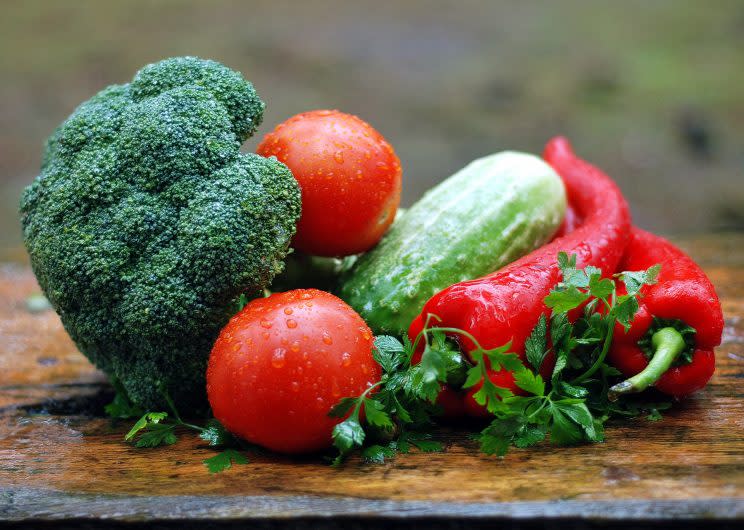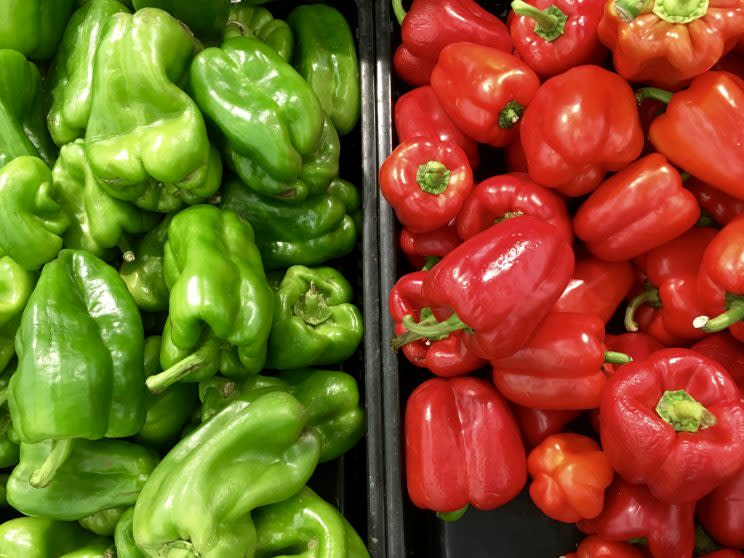What are the best food sources of vitamin C?

Vitamin C, also known as ascorbic acid, is a water-soluble vitamin that is essential for the growth and repair of your body’s tissues. It also aids in iron absorption and strengthens your immune system. As an antioxidant, it helps prevent damage caused by free radicals.
Vitamin C is not produced by the body and has to be obtained through the foods you eat. Since any excess vitamin C is eliminated in the urine (it is not stored), you need a daily dose of vitamin C in your diet.
According to the Health Promotion Board (HPB) in Singapore, the daily recommended dietary allowance (RDA) for vitamin C is:
Men: 105mg
Women: 85mg
Children (3-18 years):
➢ Boys: 50-105mg
➢ Girls: 50-80mg

Best sources of vitamin C
A nutritious diet that includes a variety of fruits and vegetables should provide an adequate amount of vitamin C for most adults and children. Fresh is best when it comes to vitamin C. Fresh fruits and vegetables eaten in their natural form contain more co-nutrients than fortified foods and supplements.
Vitamin C is sensitive to heat, so vitamin C-rich foods lose some nutritional value when they are cooked, even in the microwave.

5 best fruits for vitamin C
Contrary to popular belief, many fruits have more vitamin C than oranges. Guavas are one of the very best sources.
(Vitamin C values per 100g)
Guava – 228mg
Kiwi – 93mg
Papaya – 61mg
Strawberries – 59mg
Orange – 53mg

5 best vegetables for vitamin C
The vegetable with the highest vitamin C content is the red bell pepper. However, fresh parsley, mostly consumed as a herb but also technically a vegetable, is the best plant source of vitamin C per weight.
(Vitamin C values per 100g)
Parsley – 133mg
Red bell peppers – 126mg
Yellow bell peppers – 121mg
Kale – 120mg
Broccoli – 89mg

Do all bell peppers have the same vitamin C content?
All three bell peppers pack a punch, but sweet red and yellow peppers contain more vitamin C than do green ones.
(Vitamin C values per 100g)
Red bell peppers – 126mg
Yellow bell peppers – 121mg
Green bell peppers – 80mg


